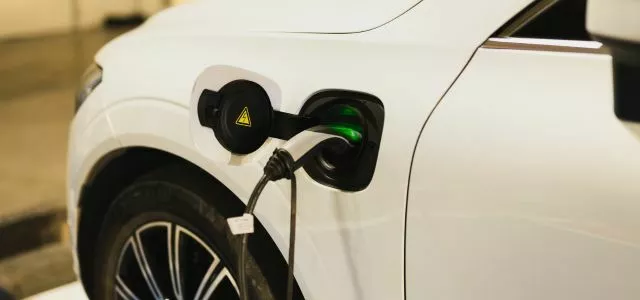
This article originally ran on Forbes.com on April 12, 2023. All rights reserved.
Daniel B. Markind is a Forbes.com energy column contributor. The views expressed in this article are not to be associated with the views of Flaster Greenberg PC.
Numerous reports indicate that the United States Department of Environmental Protection (EPA) is preparing to issue new federal emissions standards for light-duty vehicles that would force the number of electric vehicles sold to increase dramatically. The new proposed rules, if approved, are reported to require that by 2032, just nine years from now, between 64% and 67% of all new-car sales will be electric vehicles. During 2022, only about 6% of the new car sales in the United States were electric.
Should the EPA issue such a directive, it will put enormous pressure on the country’s electricity grids. Already, the grids are stretched thin, and in a number of locations are incapable of allowing new connections without capital improvements.
Since 1970, America’s electric grids have suffered increased major outages. The biggest single cause is winter snowstorms, with summer storms coming in second. Just two years ago, almost the entire electric grid in Texas, known as ERCOT, failed, causing at least 4.5 million homes to lose power. Since 12 power grids were completed in the continental United States in the 1950’s, there are serious concerns that we have not modernized our infrastructure to keep them reliable in the current environment, and the grids will not be capable of accommodating the increased reliance on electrical power as we attempt to combat climate change.
In the United States, the power grid generally refers to one overall power grid consisting of two major and three minor grids. It contains nearly 160,000 miles of lines operated by some 500 companies. Power is produced in over 7,300 power plants and connects 145 million customers.
Of that electric power, just 20% currently comes from renewable sources. According to the United States Energy Information Agency, the largest sources of American electricity are natural gas (38%) and coal (23%). As of 2020, wind was the largest source of renewable power (8.4%) with hydroelectric (7.3%) coming in second. Solar only produced 2.3% of all electricity generated.
Therein of course provides the dilemma. If we seek to dramatically increase the amount of electricity used in the United States, to run a rapidly expanding number of new electric vehicles, we will need to generate much more of that power (to say nothing of storing and transmitting it) to meet our expanding needs. To generate more electricity we will need to either ramp up our generation from current sources, which are overwhelmingly fossil fuels and nuclear (about 20%), or else try within one decade to totally shift our production and grid to favor renewable source, which of course must be stored once generated and transmitted to where the power needs to go. The challenges are enormous.
At the same time as we face that, there are calls for all major transportation systems to switch to renewable energy. Thus, airports around the country are under pressure to move quickly from powering their operations by fossil fuels to powering their operations from renewable sources. Even should this be scientifically possible and feasible, of course, airports and other large commercial facilities face the prospect of spending billions of dollars to shift their operations to run on renewable electricity, only to find out that there will not be enough energy available to power their operations.
For the Biden Administration, the key question will be whether to try to force this change at all levels of society at once, or try to do it in stages. Intellectually, it makes more sense to do this in a step-by-step process, but the intensity of the climate change movement, and the need to make up for lost time, may make this politically impossible. Having spent much of the last twenty years warning that the world faces impending disaster from climate change, it will be difficult for any Democratic Administration to do anything but seek a radical immediate transition. It remains to be seen how large power users, like airports, will accommodate these contradictory demands, and even if it can be done.

